Imagine effortlessly gliding through crystal-clear waters, exploring vibrant coral reefs, or simply zipping across your swimming pool with the grace of a dolphin.
This isn't a scene from a science fiction movie; it's the thrilling reality made possible by underwater scooters, also known as Diver Propulsion Vehicles (DPVs).
Once considered niche equipment for professional divers, underwater scooters have exploded in popularity, becoming accessible and exciting tools for water enthusiasts of all ages and skill levels.
Whether you're a parent looking for a fun new pool toy for your kids, a snorkeler eager to explore more with less effort, or a certified scuba diver seeking to cover vast underwater landscapes, there's an underwater scooter designed just for you.
We'll explore their different types, essential features, top brands, crucial safety guidelines, and help you navigate the exciting journey of choosing the perfect underwater companion for your aquatic adventures.
Types of Underwater Scooters: From Pool Play to Deep Dives
Underwater scooters aren't a one-size-fits-all product. They are broadly categorized based on their intended use, ranging from recreational models perfect for casual fun to professional-grade equipment for serious underwater exploration.
1. Recreational Underwater Scooters:
These are the most common types and are designed for a wide range of users, including kids, families, snorkelers, and casual freedivers. They are generally:
Lightweight and Compact: Easy to transport and handle, even for younger users.
User-Friendly: Simple controls, often with one or two speed settings.
Lower Depth Ratings: Typically designed for pools, lakes, and shallow ocean waters (usually up to 100-160 feet).
Safety-Focused: Often include features like enclosed propellers, automatic shut-off, and positive buoyancy (they float when released).
Uses: Ideal for pool fun, snorkeling trips, light freediving, and basic underwater exploration in clear, calm waters.
2. Diving/Professional Underwater Scooters (DPVs):
Built for more serious underwater enthusiasts, these scooters are robust and powerful, designed for scuba diving, technical diving, and extensive underwater exploration. They feature:
Higher Power and Speed: Capable of propelling divers at much faster rates and for longer durations.
Greater Depth Ratings: Can often reach depths of 300 feet or more, suitable for advanced and technical diving.
Extended Battery Life: Equipped with larger, more efficient batteries to support longer dive times.
Durable Construction: Made with more rugged materials to withstand the rigors of frequent and deep diving.
Variable Buoyancy: Often designed to be neutrally or slightly negatively buoyant for easier control at depth.
Advanced Features: May include digital displays, multiple speed gears, sophisticated battery management, and heavy-duty camera mounts.
Uses: Essential tools for technical divers, wreck and cave exploration, long-range recreational scuba diving, and even professional underwater photography or scientific research.

3. Specialized Scooters:
Some scooters are designed with specific activities in mind:
Entry-Level Kids' Scooters: Extremely lightweight, very low speed, maximum safety features, and strictly for shallow, supervised use.
Propulsion Systems for Kayaks/SUPs: While not strictly "underwater scooters" for a person, some DPVs can be attached to kayaks or stand-up paddleboards to provide propulsion, blurring the lines between personal watercraft and DPVs.
Key Features to Look For: Your Underwater Checklist
When choosing an underwater scooter, understanding its key features is crucial to ensure it meets your specific needs and expectations.
Speed
Measured in miles per hour (mph) or kilometers per hour (km/h), speed determines how fast the scooter can propel you. Recreational models typically offer speeds from 2-4 mph, while high-end diving DPVs can exceed 6-7 mph. Some models have multiple speed settings, allowing you to conserve battery or kick up the pace when needed.
Battery Life and Charging Time
This is perhaps the most critical feature. Battery life indicates how long the scooter can run on a single charge (typically 30-120 minutes for recreational models, much longer for professional ones). Consider models with swappable batteries if you plan for extended use. Charging time can vary from a few hours to half a day.
Depth Rating
This specifies the maximum depth the scooter can safely operate. Always match the depth rating to your intended activity. A pool scooter won't be suitable for ocean diving, and a snorkeling scooter isn't built for deep scuba.
Weight and Portability
Lighter scooters (5-10 lbs) are easier to carry, especially for travel. Heavier DPVs (20+ lbs) are more powerful but less convenient for casual transport. Consider the scooter's dimensions and if it can fit in a travel bag.
Buoyancy
This refers to whether the scooter floats, sinks, or stays neutral in the water.
Positive Buoyancy: The scooter floats when released. Common for recreational models and great for beginners or kids, as it won't sink if dropped.
Neutral Buoyancy: The scooter neither floats nor sinks. Ideal for scuba diving as it doesn't pull you up or down, making it easier to maintain depth.
Negative Buoyancy: The scooter sinks. Less common for personal use, sometimes found in specialized technical DPVs.
Safety Features
Absolutely essential, especially for children.
Enclosed Propeller: Prevents fingers or hair from getting caught.
Auto Shut-off/Kill Switch: Stops the motor immediately if handles are released or if there's an issue.
Child Safety Lock: Prevents accidental activation by children.
Overheat Protection: Shuts down the motor if it gets too hot.
Additional Features
Camera Mounts: Many scooters come with GoPro or universal camera mounts to capture your underwater adventures.
LED Displays: Show battery life, speed settings, and depth.
Adjustable Speeds: Allows users to switch between different propulsion levels.
App Connectivity: Some advanced models can connect to a smartphone app for more detailed information and control.
Choosing the Right Scooter: Kids vs. Adults, Pool vs. Open Water
The "best" underwater scooter is entirely dependent on who will use it and where.
For Kids
Safety is Paramount: Look for fully enclosed propellers, child safety locks, and auto shut-off features.
Lightweight and Easy to Handle: Models under 10 lbs are ideal.
Positive Buoyancy: Ensures the scooter floats to the surface if accidentally dropped.
Lower Speed: Gentle propulsion is best for young users.
Age Recommendation: Most manufacturers recommend ages 8 and up, always with strict adult supervision.

For Adults (Recreational/Snorkeling/Light Freediving)
Balance of Power and Portability: Enough thrust to make a difference without being too heavy.
Good Battery Life: At least 45-60 minutes for enjoyable sessions.
Comfortable Ergonomics: Easy to hold and maneuver for extended periods.
Depth Rating: Suitable for typical snorkeling depths (10-30 feet) or shallow freediving (up to 60-100 feet).
For Scuba Diving and Serious Exploration
High Power and Speed: To cover long distances and fight currents.
Excellent Depth Rating: Matching your certification level or deeper for technical diving.
Long Battery Life and Swappable Batteries: Essential for extended dives.
Neutral or Slightly Negative Buoyancy: For precise depth control.
Robust Construction: To withstand demanding underwater environments.
Advanced Features: Multiple speed settings, digital displays, and reliable controls.
For Pool Use
Compact and Lightweight: Easy to use in confined spaces.
Positive Buoyancy: Prevents sinking to the bottom of the pool.
Simple Operation: Ideal for casual fun and learning.
Safety Features: Enclosed propellers are still important even in pools.
Popular Brands and Models: A Glimpse at the Market
The underwater scooter market features a variety of brands, each offering different models catering to various needs and budgets.
Leading Recreational Brands
Sublue: Known for innovative and popular models like the WhiteShark Mix series and Navbow, often balancing performance with user-friendliness.
Asiwo: Offers a range of recreational scooters, from budget-friendly options like the Mako to more capable models like the Manta and U1.

Nautica: Popular for its line of affordable and entry-level scooters, including the Guppy (great for kids) and Navigator.
Geneinno: Features models like the Trident and S2, offering good speed and depth ratings for recreational use.
Waydoo: Their Subnado is a compact and innovative scooter designed to be worn on the arm or leg.
Yamaha: Offers recreational models (e.g., Seawing II, RDS series) known for reliability and a range of features.
Aqua Marina: Known for models like the BlueDrive X, which can also attach to paddleboards.
High-End & Professional Brands
SEABOB & iAQUA: These brands define the luxury end of recreational and professional DPVs, known for extreme speed, powerful propulsion, and premium design, often used on yachts or for high-speed water sports.
Dive Xtras: A leading name in technical diving DPVs, offering robust, powerful, and long-range scooters like the BlackTip and CudaX series.
Seacraft: Polish manufacturer producing high-performance DPVs for serious divers.
ScubaJet: Offers versatile, modular DPVs that can also be used as propulsion systems for SUPs and kayaks.
ZTDive: Features professional-grade DPVs like the JETDIVE PRO.
Aquaboost: Offers powerful DPVs for advanced users.
Safety First: Important Considerations for Every User
While incredibly fun, underwater scooters are powerful devices that require responsible use. Prioritizing safety is paramount for an enjoyable and incident-free experience.
Read the Manual: Always, always read the user manual thoroughly before operating your scooter. It contains crucial information on operation, maintenance, and safety warnings specific to your model.
Adult Supervision for Kids: Never allow children to use an underwater scooter without direct, constant, and active adult supervision. Even with safety features, vigilance is key.
Stay Within Depth Limits: Adhere strictly to the scooter's maximum depth rating. Pushing it beyond its limits can damage the device and, more importantly, create hazardous situations underwater.
Be Aware of Your Surroundings: Always be mindful of other swimmers, divers, boats, and marine life. Maintain a safe distance from fragile coral reefs and avoid disturbing animals.
Learn Proper DPV Techniques (for divers): If you're using a DPV for scuba diving, consider taking a DPV specialty course. These courses teach you how to handle the DPV effectively, manage gas consumption, navigate, and handle potential emergencies. Powerful DPVs can quickly propel you beyond your safe depth or into overhead environments if not handled properly.
Battery Safety: Follow manufacturer guidelines for charging, storage, and handling of batteries. Lithium-ion batteries, common in DPVs, require careful handling to prevent damage or fire.
Pre-Dive Checks: Before each use, inspect your scooter for any damage, ensure the battery is fully charged and properly installed, and test all controls.
Buoyancy Control: For divers, understand how your scooter's buoyancy (and its potential to change yours) impacts your ability to maintain neutral buoyancy and control your depth.
Avoid Rapid Ascents/Descents: Never use the scooter to make uncontrolled rapid ascents or descents, especially when scuba diving, as this can lead to serious health risks like decompression sickness.
Pricing Your Adventure: What to Expect
The cost of an underwater scooter varies significantly based on its features, power, and intended use.
Kids and Entry-Level Recreational Scooters: You can find basic models for $150 - $400. These are perfect for pool fun and shallow snorkeling, offering simple operation and essential safety features.
Mid-Range Recreational Scooters: For more features, better speed, and increased depth ratings suitable for adult snorkeling, freediving, and light scuba, expect to pay $400 - $1,000. This category includes many popular models with a good balance of performance and portability.
High-End Recreational and Professional/Technical DPVs: These are substantial investments, ranging from $1,000 to over $13,000. This top tier includes powerful DPVs for serious scuba diving, technical exploration, and luxury recreational use (like SEABOB and iAQUA), offering superior speed, depth, battery life, and rugged construction.
Where to Buy Your Underwater Scooter
You have several options when it comes to purchasing an underwater scooter:
Direct from Manufacturer: Many brands, including Asiwo, Sublue, SEABOB, iAQUA, and Dive Xtras, sell directly from their official websites. This can sometimes offer the latest models or exclusive bundles.
General Sporting Goods Stores: Larger retailers like Walmart.com might carry some entry-level or recreational models.
Local Dive Shops: For high-end or technical DPVs, visiting a local dive shop is often the best option. They can provide hands-on experience, personalized recommendations, and professional advice, especially important for DPVs used in conjunction with scuba diving.
User Reviews and Expert Insights: Real-World Experiences
User reviews and expert assessments consistently highlight a few key points:
Fun Factor: The overwhelming consensus is that underwater scooters are incredibly fun and addictive. They add a new dimension to water activities.
Ease of Use: Most recreational models are praised for their simple, intuitive controls, making them accessible even for beginners.
Battery Life is Key: Many users emphasize the importance of having extra battery packs, especially for longer excursions, as top speeds can drain batteries quickly.
Durability and Maintenance: Higher-end models are generally robust, but proper care, especially for batteries and seals, is crucial for longevity. Users appreciate scooters that are easy to clean and maintain.
Matching to Use: Experts stress that the "best" scooter is one that perfectly matches the user's intended activity, skill level, and budget. A powerful DPV for deep dives is overkill (and unsafe for unsupervised kids) in a swimming pool, just as a small pool scooter won't cut it in strong ocean currents.
Conclusion: Your Underwater Adventure Awaits
Underwater scooters are revolutionizing how we interact with water, opening up new possibilities for exploration, fun, and fitness. From playful zips around the pool for kids to serious deep-water expeditions for seasoned divers, there's a perfect DPV waiting to enhance your aquatic adventures.
By carefully considering the types, features, safety guidelines, and your specific needs, you can confidently choose an underwater scooter that brings exhilarating propulsion and effortless movement to your next water escapade. So, gear up, dive in, and prepare to experience the underwater world like never before!
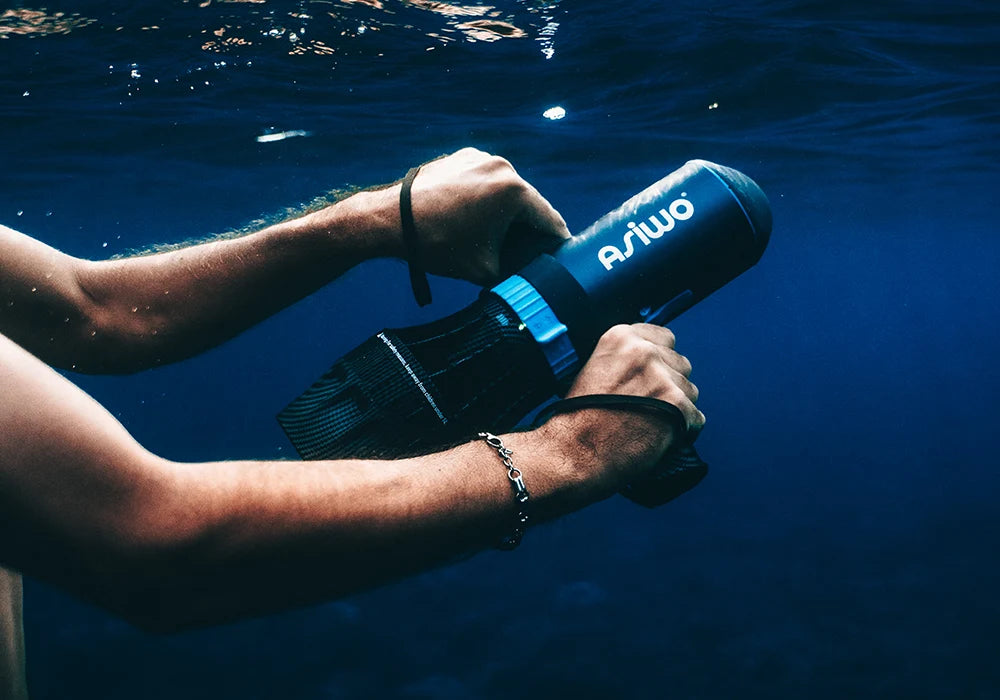




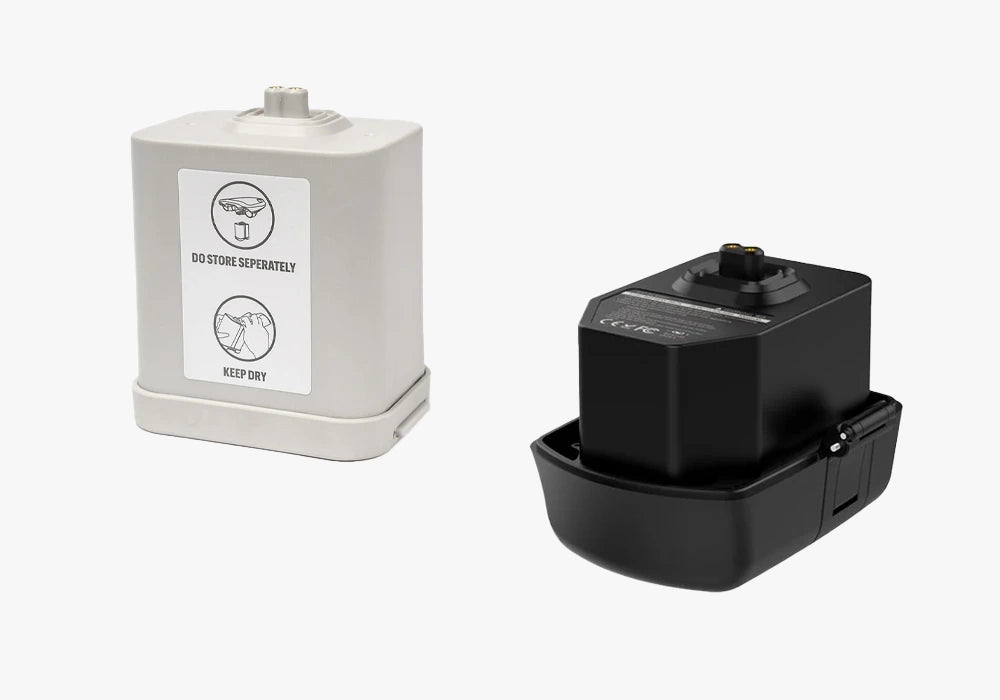





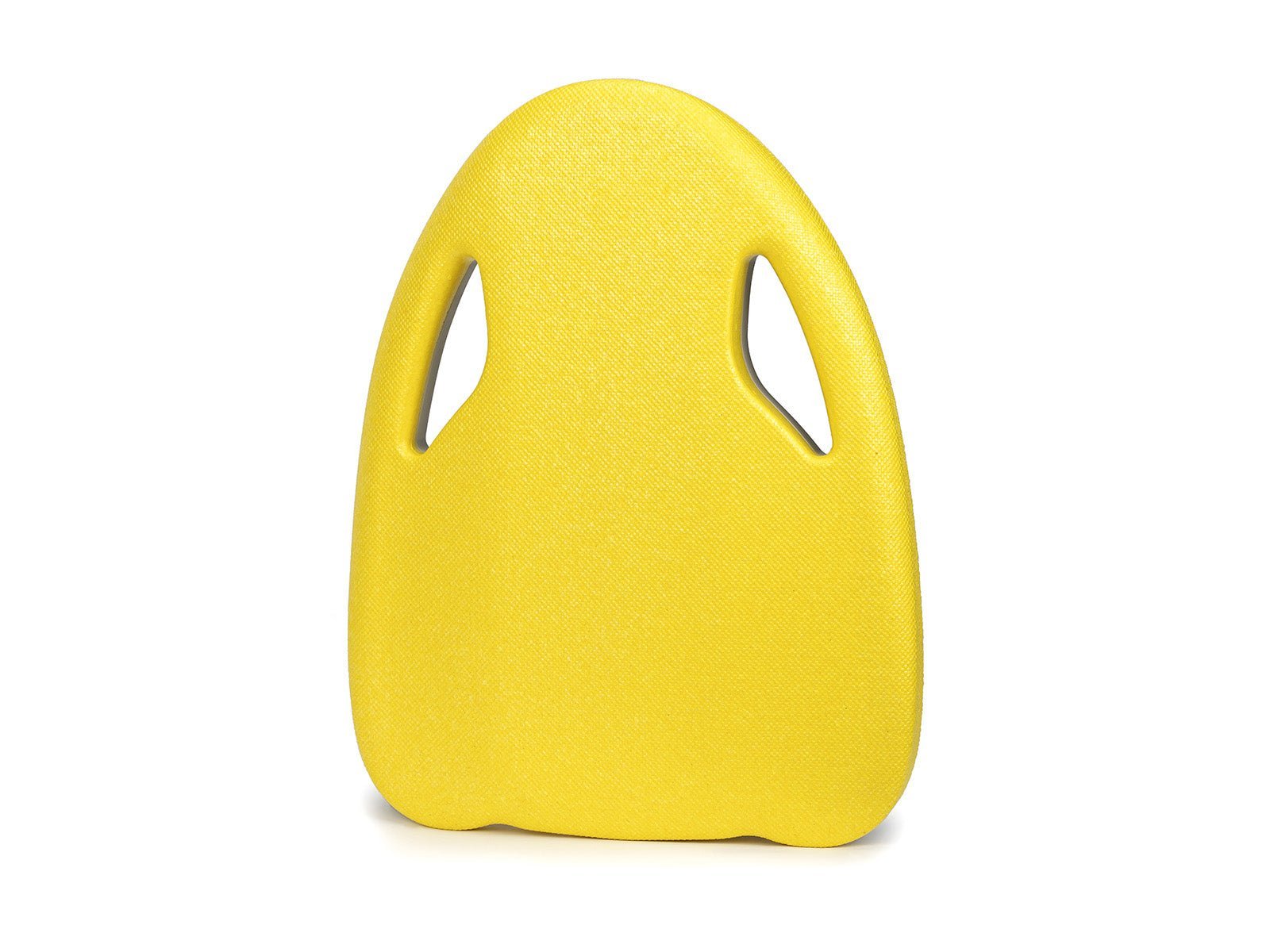
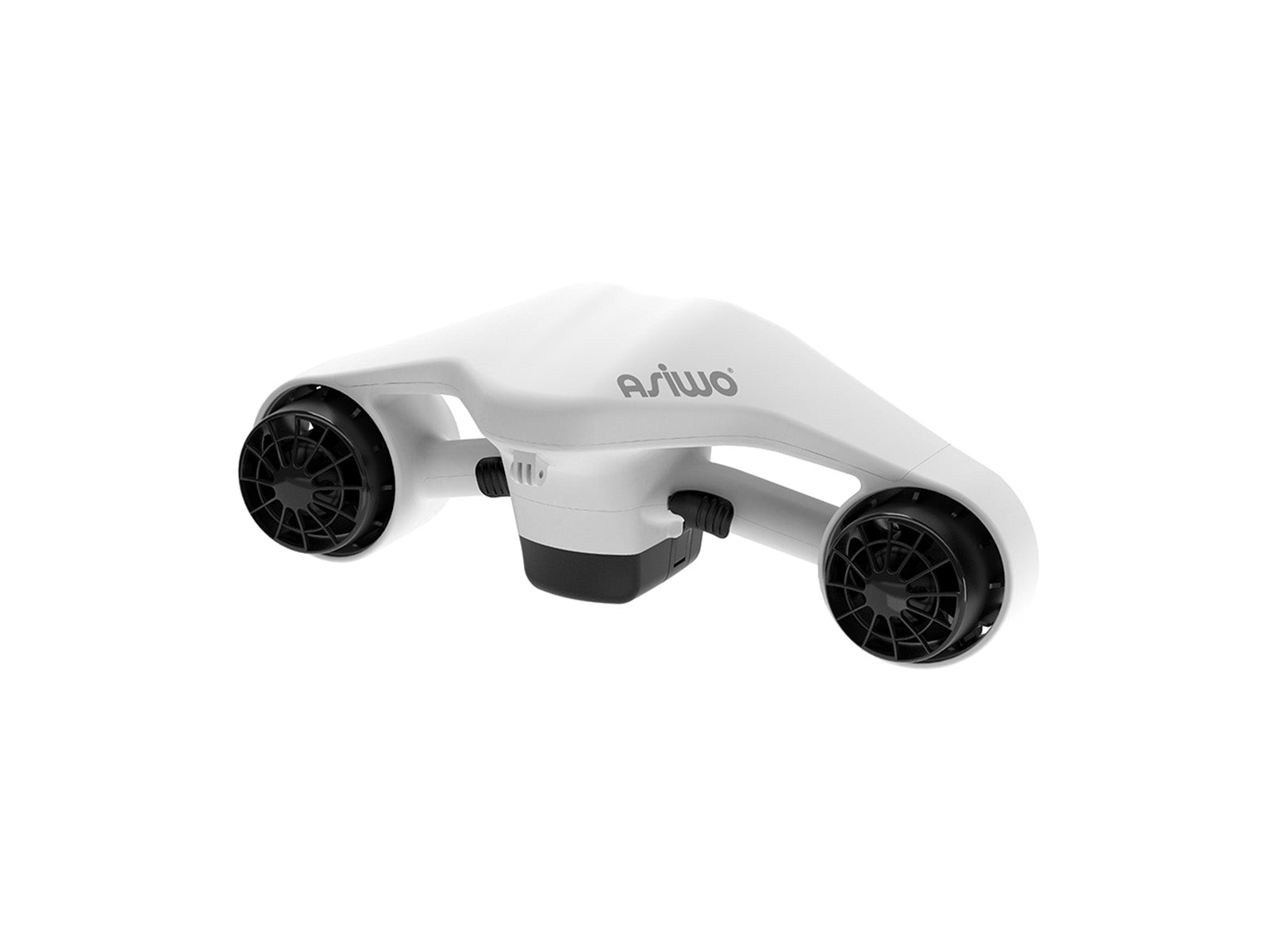
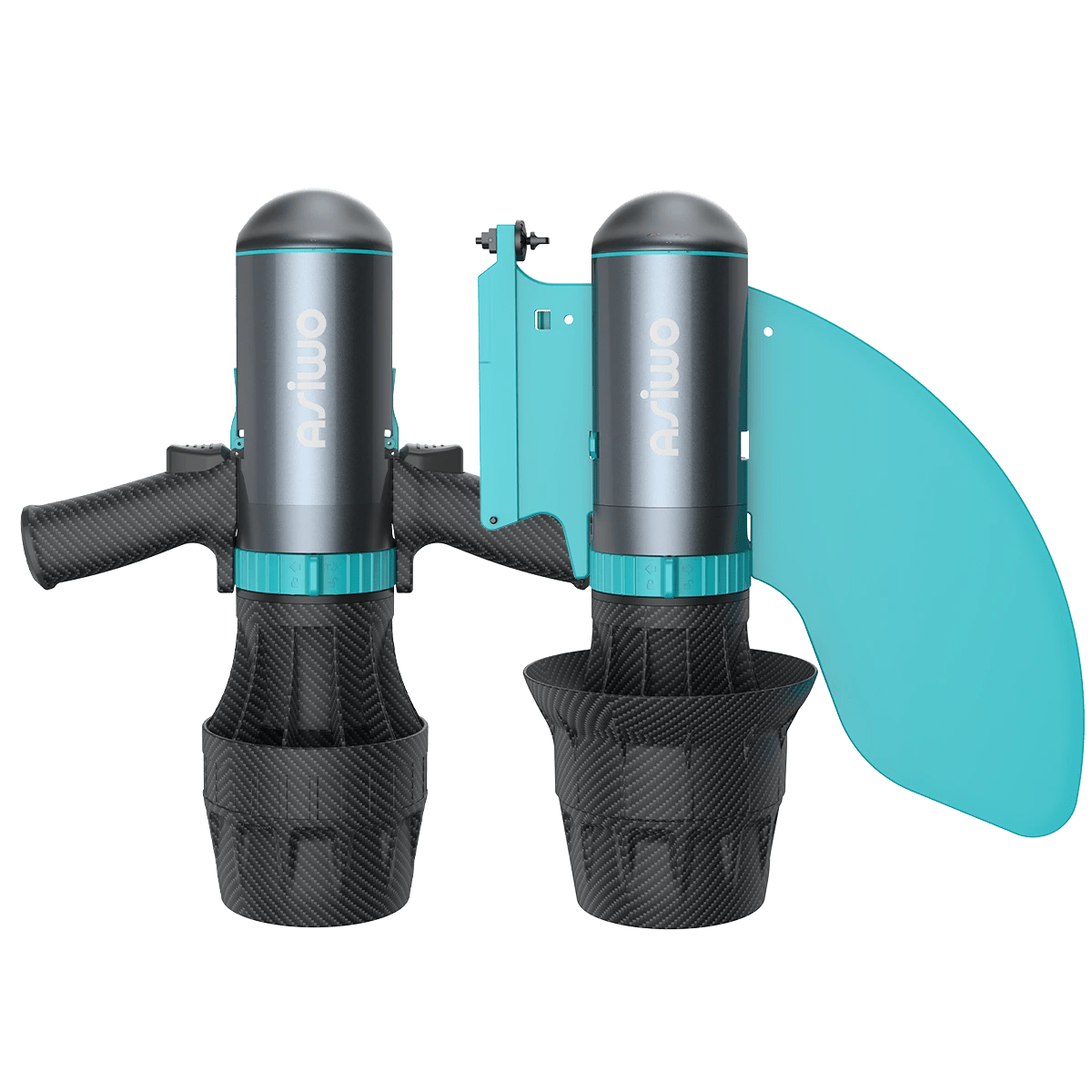




Leave a comment